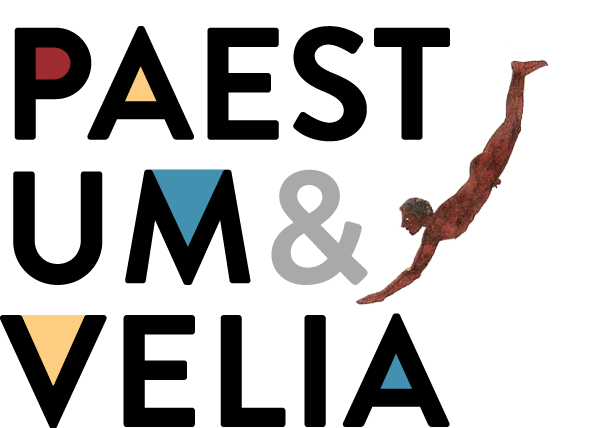[:en]Paestum is known for the three extraordinarily well-preserved Greek temples that have fascinated generations of architects, artists, scholars, and travelers. However, the temples once stood in the midst of a flourishing city.
Currently, archaeologists of the Archaeological Park of Paestum are excavating in an area close to the temple of Neptune. Yet, the contrast between the splendid Doric temple and the excavation area could hardly be sharper: the archaeologists are digging in a well dating to the fifth century BC. The well was later was used as a dump hole, until it was definitely abandoned in the third century BC.
“The rubbish deposited in the well is a gold mine for us archaeologists – explains excavation director Gabriel Zuchtriegel – It gives us a glimpse of the daily life in the shadow of the great Doric temples of Paestum”.
So far, the well, which belonged to a Greek house of the fifth century BC, has yielded pottery finds, animal bones and carbonized wood—materials that might prove important for the reconstruction of the everyday habits and alimentation in ancient Paestum.
Visitors of the site are offered guided tours to the excavations on a daily basis. Further, the Archaeological Park has recently opened the storerooms for visitors. Every afternoon, except for Mondays, museum assistants accompany the visitors to the storerooms where they can take a look “behind the scenes”. Based on tomb paintings, pottery finds, bones and field notes from the excavations, the tour gives insight into the things that happen before an object is eventually exposed in a neat showcase in one of the museum halls.
The director of the site, German-borne Gabriel Zuchtriegel, was appointed three years ago in the course of a broader reform of the Italian Ministry of Culture. While initially many were skeptical because of his young age and his non-Italian background, today other museums in Italy are copying some of the activities realized in Paestum.[:]


